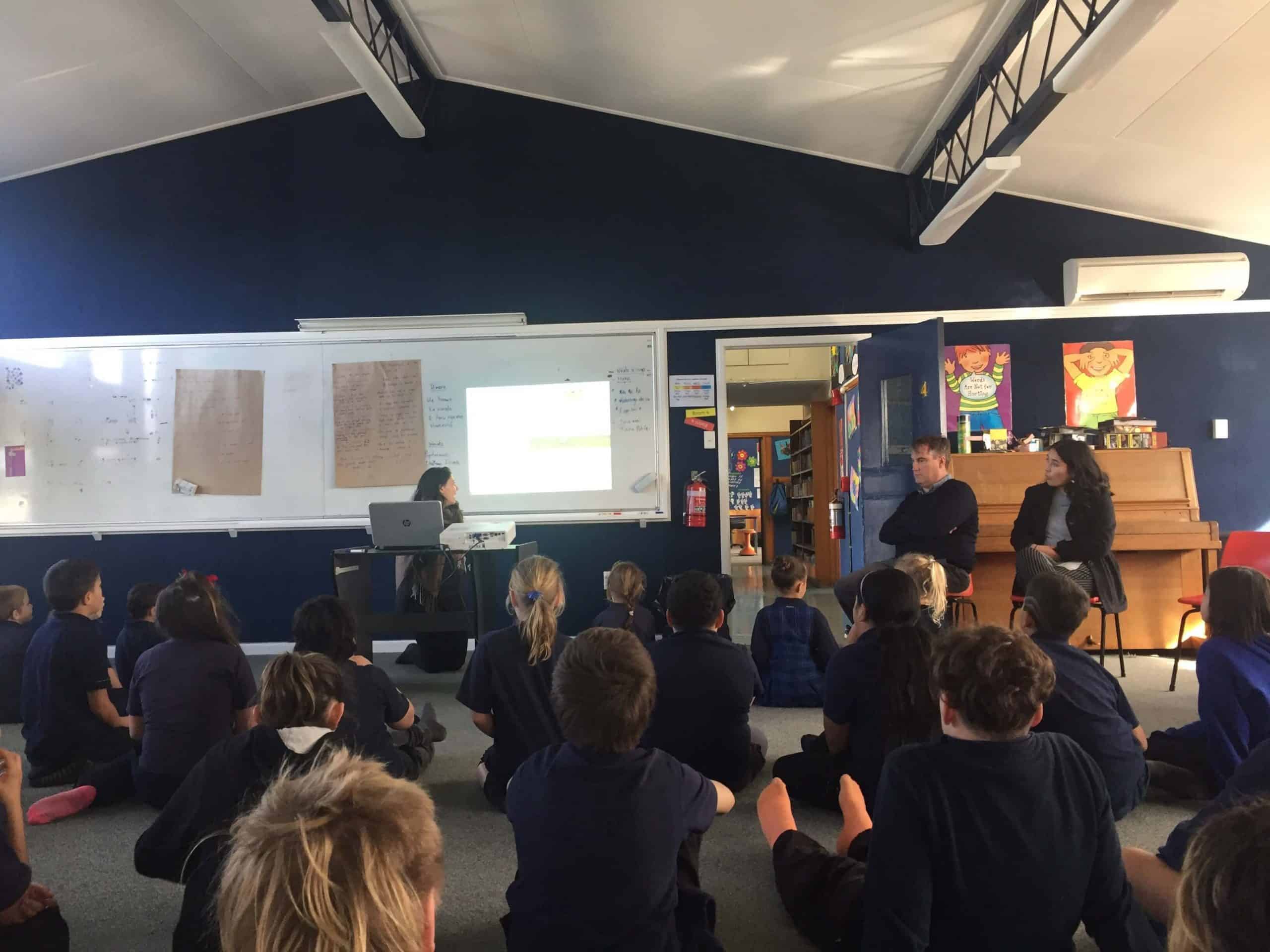15 August 2018
Māori oral histories reveal previously undocumented insights into the devastating tsunami on the Chatham Islands, 150 years after the event.
On August 15th, 1868 the Chatham Islands were hit by three large tsunami waves, generated by a magnitude 8.5-9.0 earthquake off Arica (then in Peru, now in northern Chile). Waves of up to 6 metres inundated the islands, flooding over 6km inland and destroying buildings, bridges and homes.
Researcher and Chatham Islands local Kristie-Lee Thomas recently completed her master’s thesis with the University of Canterbury investigating tsunami risk to the Chatham Islands. She and her GNS Science colleagues (Prof. David Johnston, Dr Hamish Campbell, Lucy Carter and Emily Campbell) are visiting the Chathams this week to commemorate the event with the community, alongside Chatham Islands Council Emergency Management Office.
Thomas is sharing findings from her thesis, which investigated both documented and Māori oral history accounts of past tsunami on the Chathams, including the 1868 event. As part of this research, which was supported by Resilience to Nature’s Challenges, RiskScape, EQC, and the Ngāi Tahu Research Centre, Thomas studied archives and literature on the event, and also spoke with kaumatua (Māori elders) on the Chatham Islands who shared their knowledge about the tsunami. “There is such a wealth of information in these oral histories, and much of it is not included in current documented accounts of tsunami on the Chathams,” said Thomas.
One of Thomas’s findings was that the 1868 tsunami resulted in more deaths than were described at the time. Newspaper reports varied, with some saying that there was one fatality, while others reported there being ‘some deaths’. However oral histories described three families perishing in the tsunami.
The research also helped to guide the locations of tsunami evacuation zones on the Chatham Islands. The zones were determined using scientific modelling alongside Thomas’s findings around past tsunami inundations, drawn from oral and documented accounts. “It’s very important to incorporate indigenous knowledge of hazards into risk and impact assessments, and great to see that knowledge helping to reduce future risk for our community.”
Today, the team, alongside Chatham Islands Council Emergency Management Office staff, are commemorating the event with the community by visiting the site worst impacted in 1868 and then sharing some kai and information on tsunami preparedness for the Chatham Islands.

The team also visited Kristie-Lee’s old school (Te One School) on the island to talk to students about tsunamis and how they and their whanau can prepare for one. They ran some activities with the kids to help them understand where the evacuation zones are, what they mean and what they should have in their tsunami kits.

“What has happened before can happen again, and the more we know about past events and how they impact communities, the more prepared we can be for the next one.”
Tsunamis can affect any part of New Zealand’s coastline. Check your local civil defence/council website to find out where local evacuation zones are, and if you feel an earthquake that lasts longer than a minute or makes it hard to stand up, make sure you ‘get gone’ and head out of the tsunami evacuation zones to the nearest tsunami safe zone.
Resilience to Nature’s Challenges is one of eleven MBIE funded National Science Challenges. It is increasing the resilience of Aotearoa New Zealand by developing new scientific solutions to transform our response, recovery and “bounce-back” from our wide diversity of natural hazards.
